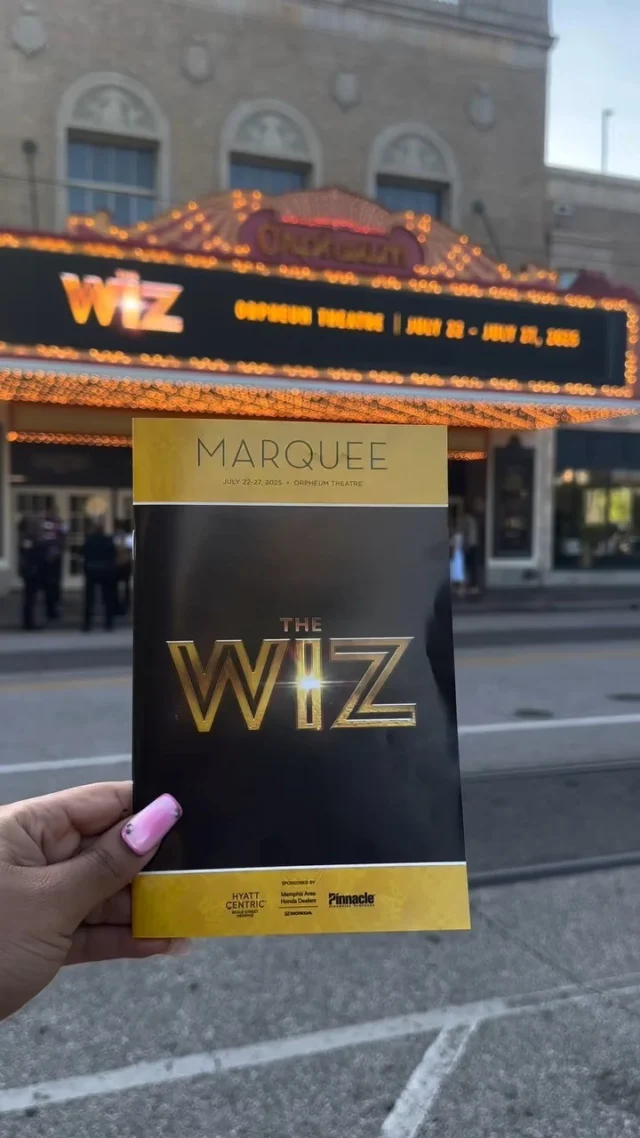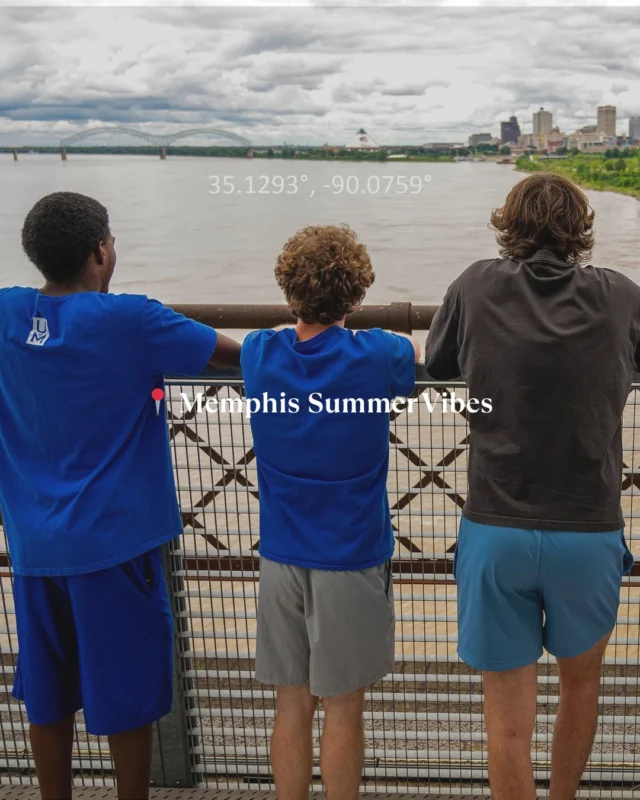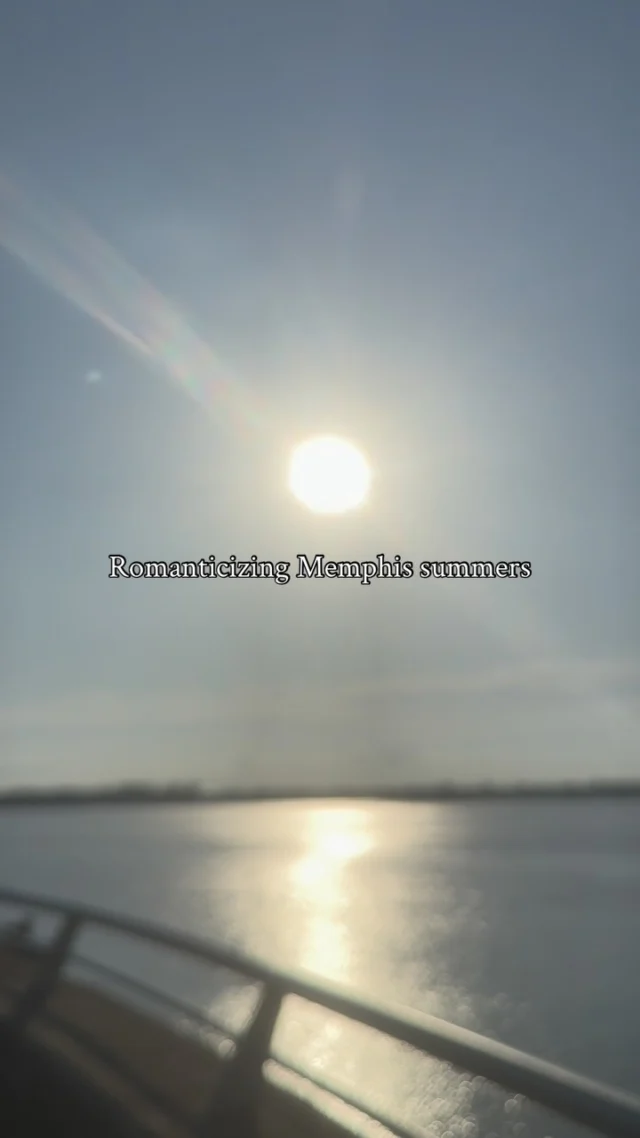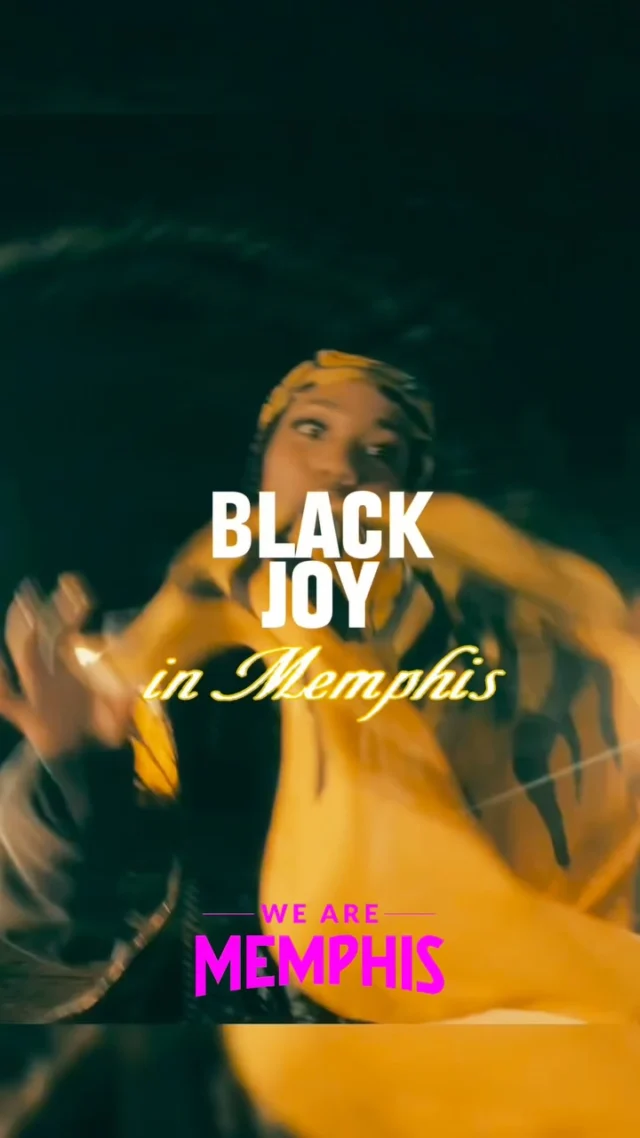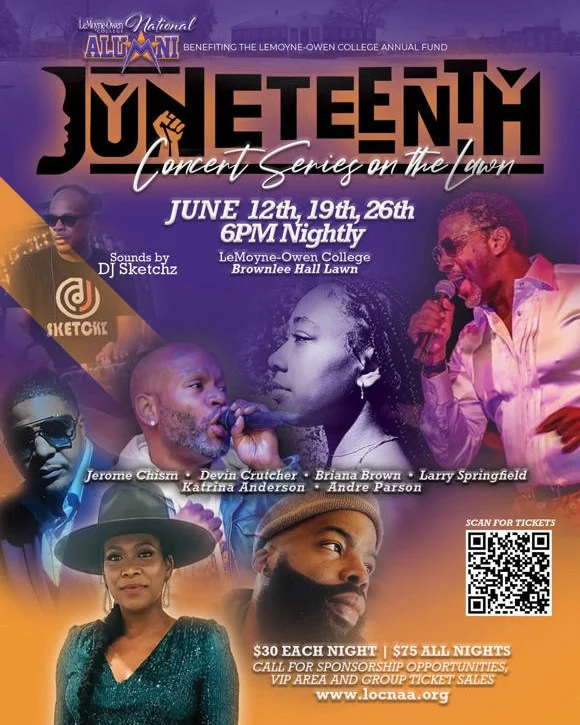Across the Bluff City, there are neighborhoods as diverse as the people who live and work there. While each brings a unique and eclectic feel to Memphis, they are all tied together by the people of the community. If you’re planning a move to Memphis—or maybe just a visit—here are a few of the neighborhoods you have to check out.
South Memphis
As one of the oldest areas of Memphis, South Memphis is steeped in history. So much of our city’s soul comes from South Memphis, making this neighborhood a must-visit. Stretching from Downtown Memphis to the Mississippi state line, South Memphis is home to many of the Bluff City’s most famous landmarks, including the Stax Museum of American Soul Music.
You can’t visit South Memphis without a visit to the Four Way, Kimble Fish Market or any of the many barbeque joints that call South Memphis home.
Whitehaven
Recognized as the de facto capital of South Memphis, Whitehaven was its own city until it was annexed by Memphis in 1970.
The fact that Elvis Presley Boulevard stretches through Whitehaven gives you an indication of what makes this neighborhood a must-see. That’s right, Whitehaven is home to Elvis Presley’s Graceland Mansion—not to mention Southland Mall, the first enclosed mall in Memphis.
Downtown
Between Midtown Memphis and the Mississippi River lies a hustling and bustling section of town that is considered by many to be where Memphis truly began. In addition to being home to 100 North, otherwise known as the city’s tallest building, the downtown area is where you’ll find the Pyramid, the Peabody Hotel, AutoZone Park and the FedEx Forum.
Downtown is also home to Beale Street, one of the most famous destinations in all of Memphis, as well as the South Main Arts District, which is filled with boutiques, galleries and upscale restaurants.
Midtown
East of the downtown area sits Midtown, an eclectic blend of mixed-use residential, business and commercial space. If you find yourself in Midtown’s Cooper-Young district, be sure to check out the Cooper-Young Trestle, an art installation along an old 150-foot section of railroad track that features sculptures of actual homes in the neighborhood.
Overton Park is a popular Midtown destination for locals and visitors alike, with the Memphis Brooks Museum of Art, the Memphis Zoo and the Memphis College of Art listed among its most heavily trafficked offerings.
Crosstown
This neighborhood’s calling card is the newly renovated former Sears distribution center that today houses mixed-use education, housing, business, and commercial property. Dubbed the Crosstown Concourse, the building was added to the National Registry of Historic Places in 2013.
The renovation kick-started a complete revitalization of the neighborhood as an up-and-coming arts district that is also home to the Hi-Tone, a local live music hangout that many punk bands call their second home.
Binghampton
Like Whitehaven, Binghampton began as an independent municipality and was annexed into Memphis in 1919. It’s a largely tight-knit community composed of millennial transplants, families, and a strong immigrant community.
Along with Crosstown, Binghampton has been going through something of a renaissance of late thanks to the revitalization of Sam Cooper Boulevard, art installations along Broad Avenue and investments in the people and businesses in the area. During the neighborhood’s biannual art walk, local artists have the chance to display their works all along the boulevard. And if you’re more into cycling than art, listen up: Broad Ave. also serves as the headquarters of the Memphis Greenline, the cycling initiative created to make the Bluff City more bike-friendly.
No matter where your travel take you through Memphis, you can find all the information you need about our neighborhoods on our website.
Looking for more stories on what makes Memphis great?
Follow our Instagram page below!
You might also be interested in: Memphis Neighborhoods – Explore Memphis
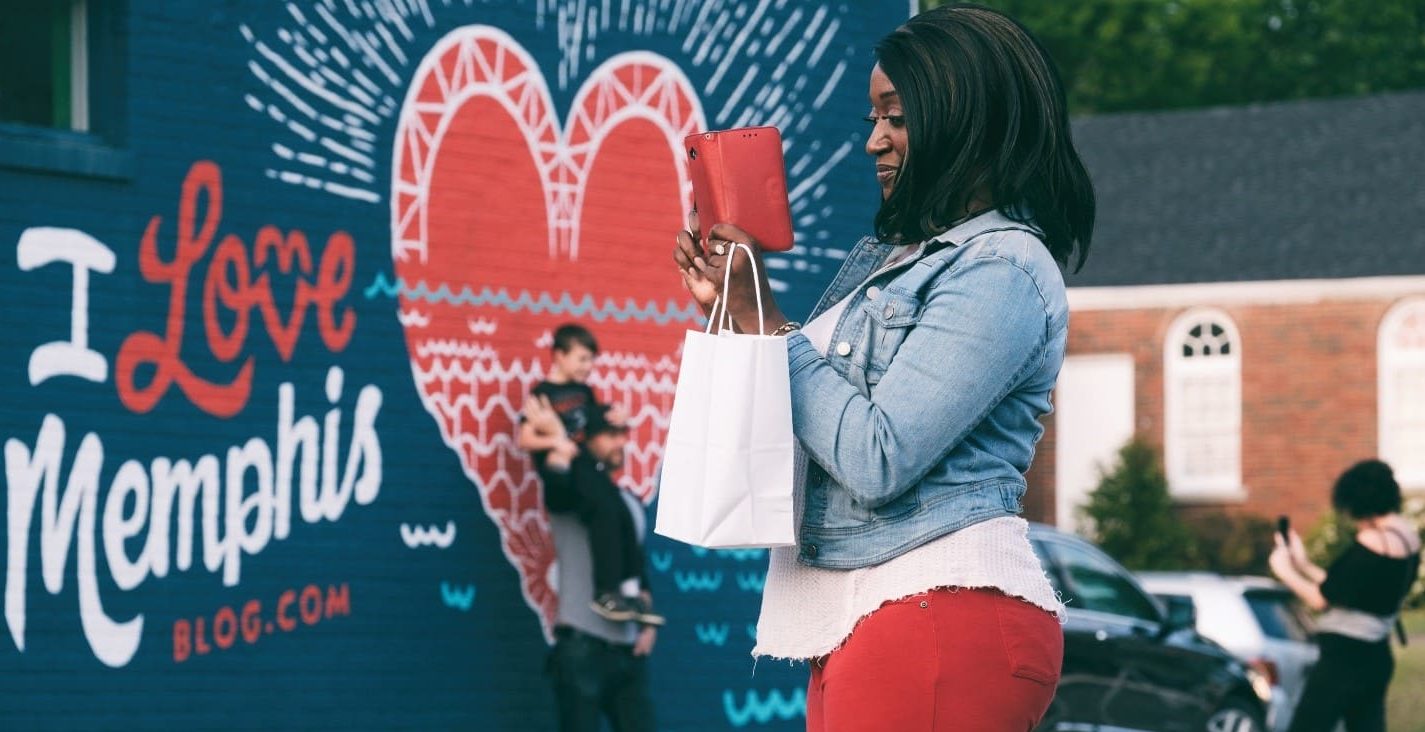








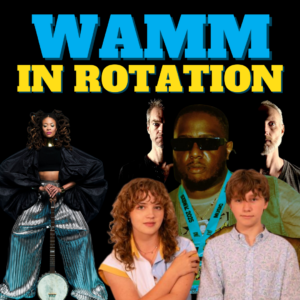

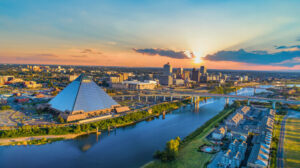
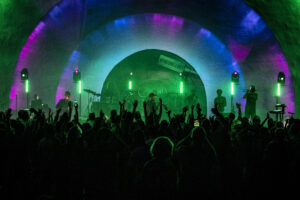
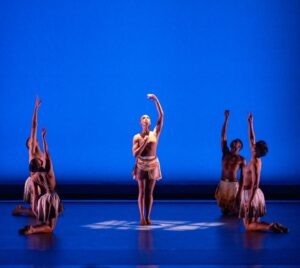
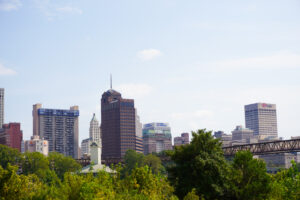


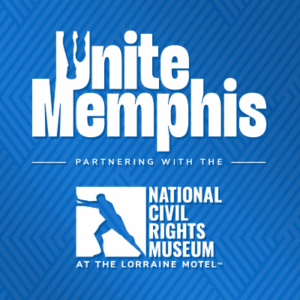
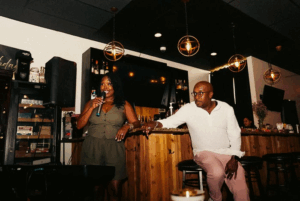
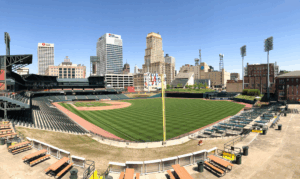






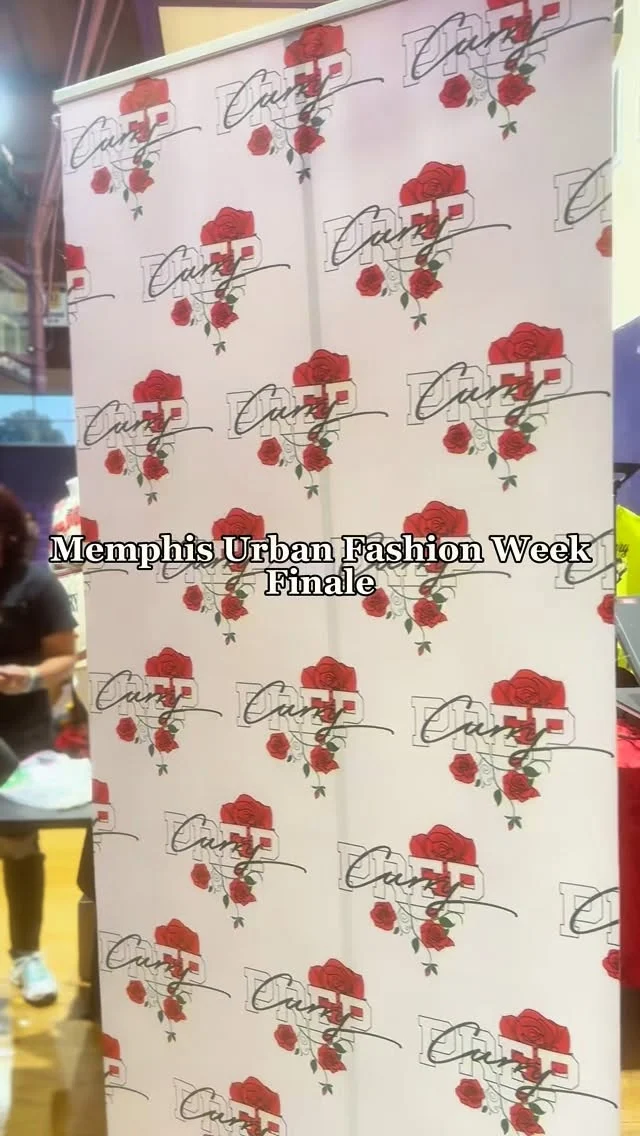



![The countdown is ON, Memphis! We’re officially 30 days out from the @unitememphis 5K + 1-Mile Walk/Run—and this year, we’re stepping into unity on 901 Day 🙌🏽
📍 Monday, September 1 | National Civil Rights Museum
🕘 Start time: 9:01AM
🎶 Food, music & fun to follow
Whether you’re walking or running, this isn’t just a race—it’s a movement. And there’s no better time to join in than now. 👟✨
🎓 COLLEGE STUDENTS: Be one of the first 100 to register using your .edu email with promo code NEXTGENUNITE and your ticket is just $10 (that’s a $32 savings 👀). Limit 2 per person, so tell a friend!
Let’s walk. Let’s run.
Let’s #UniteMemphis 💛
🔗 [link in bio]](https://wearememphis.com/wp-content/uploads/sb-instagram-feed-images/526805187_18335272954206022_6056852028660485499_nfull.webp)
